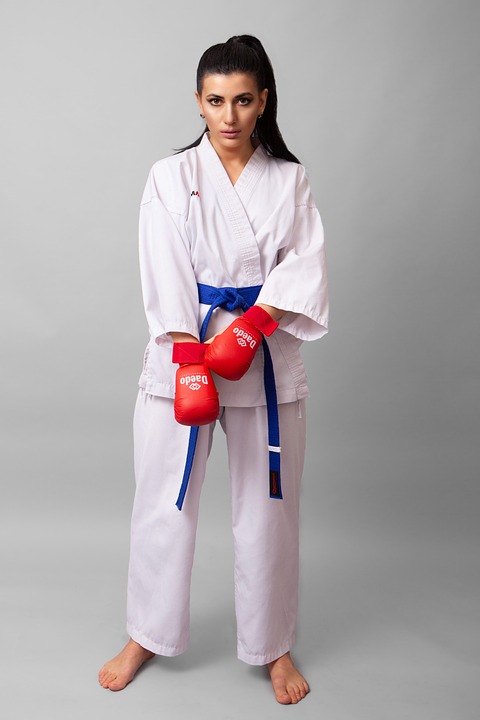
Being the author of several books on the martial arts and fighting, I am always looking for books of exceptional quality to add to my library. If I have a book in my library, it’s definitely worth owning. One such book is Michael D. Echanis’, «Knife Self-Defense for Combat.» This book is directly influenced by the Korean martial art of Hwarang Do and its current Grandmaster Joo Bang Lee, who Echanis had studied under before his untimely demise in Nicaragua.
This book along with its two companion volumes, «Basic Stick Fighting for Combat» and «Knife Fighting, Knife Throwing for Combat,» were not initially released to the general public, but instead were only available to certified and recognized self-defense instructors. These books were originally intended to be military training manuals for the various elite units in the United States military. These were units such as the Special Forces, Army Rangers, Navy Seals, etc.
This volume, like the other two in this series, starts out with a brief section on the history of Hwarang Do and its relationship to hand-to-hand combat. This is followed by another brief section that looks at the theory and internal dynamics which make up this very impressive art.
The next section of this book goes over in very good detail the basic principles involved in defending oneself against an attacker armed with a knife. This section is very well done and provides a lot of very sound advice. It then concludes with the following:
4 Basic Rules in Unarmed Self-Defense Against a Weapons Attack
1. Clear your body of the weapon’s line of fire and angle of attack.
2. Stabilize and control the weapon…
3. Disarm the weapon…
4. Neutralize the enemy…
This section end with the following quote from the author, «No matter how proficient the unarmed expert becomes at disarming an armed assailant, he will remain vulnerable to even the smallest weapons expert.» Concerning the subject, have any truer words been said?
The author proceeds to demonstrate 38 basic methods for disarming an attacker who is armed with a knife. The author stresses that these are merely examples for the readers of this book to use as a guide for finding the right technique that works for them. It is by no means intended to be cure-all or gospel of knife self-defense. Use your own ingenuity to find and develop your own self-defense methods using the ones that the author has demonstrated as a guide.
I have read other reviews where the readers have criticized some of the moves in this book as being to complex and unrealistic in nature. I don’t feel that this is the case and did not see that when I read the book as the author intended. However, if you read this book under the impression that these 38 techniques are to be executed exactly as they are presented instead of as they were intended, which is as a guide to go by, then yes, I could see where that misinterpretation could come from.
Although the clarity of the photographs was outstanding and easy to follow, I felt that the descriptions themselves could have been a little bit longer and more detailed. I would have also liked to have seen some close-up photographs of some of the grabs and hand positions. Other than that, this is a very good book and one that should be on your list too buy, if you don’t own it already.